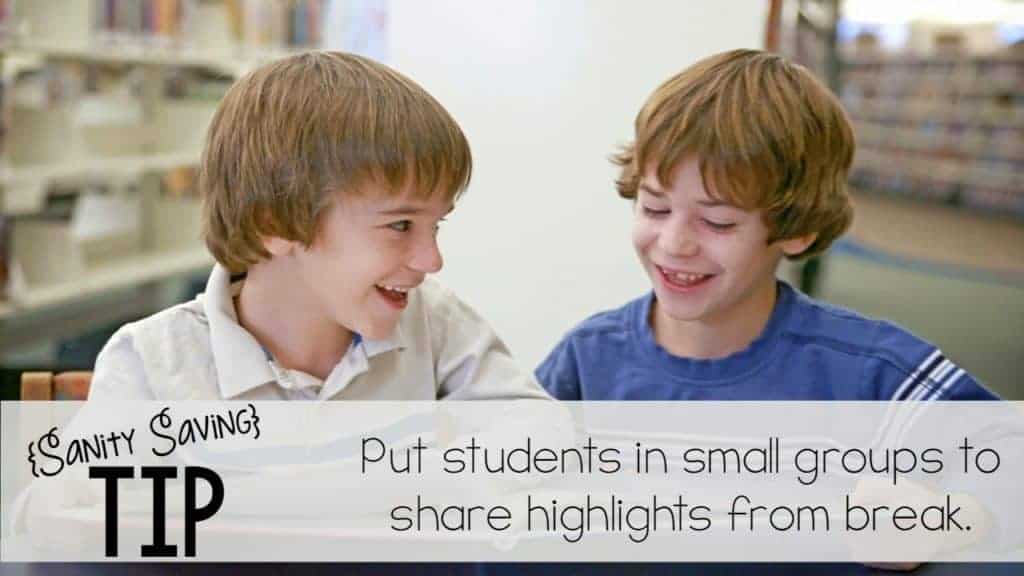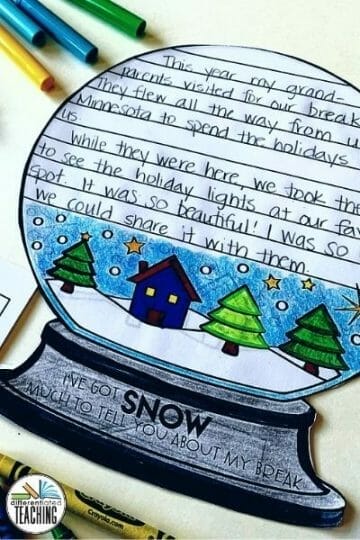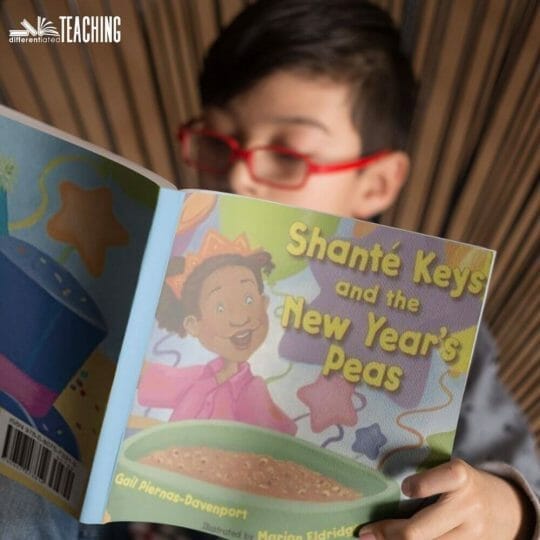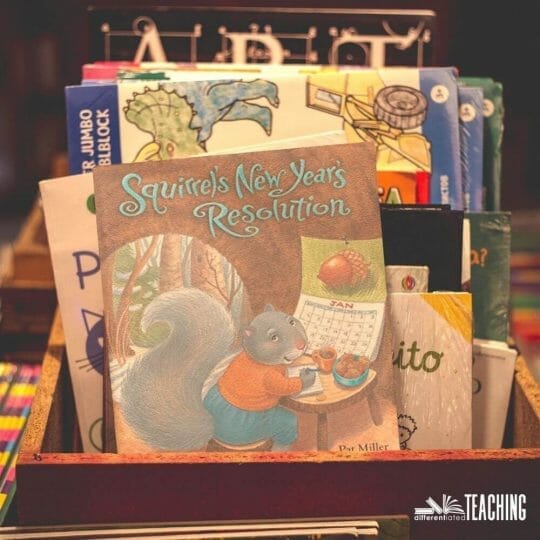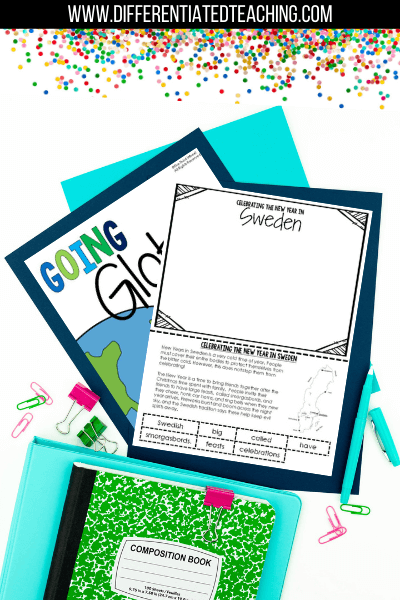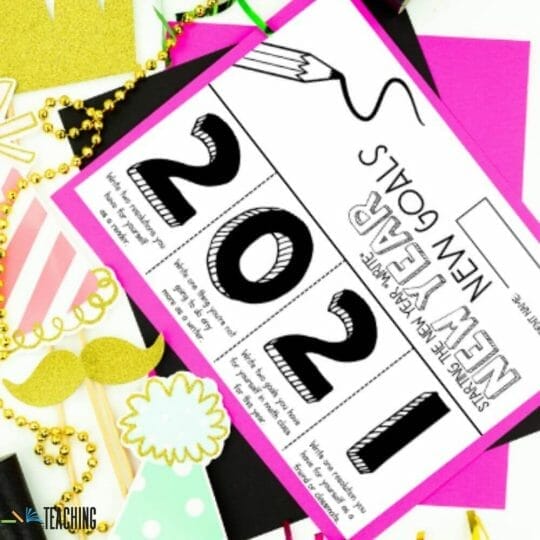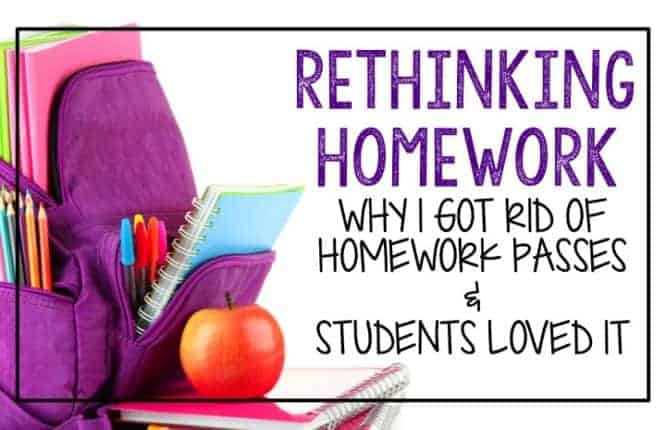January Back to School Ideas: Lesson Activities & Tips for welcoming Students back from Break
While January can be considered just another month in any school year, you need to align your lessons and activities to transition back from break. Today, I wanted to share a few January back-to-school ideas and tips to get the second semester off on the right foot and help you organize January teaching ideas to encourage success for you and your learners. Before you know it, your classroom will be back to smooth sailing!

January Back to School Ideas for Lessons & Teaching Tips
The week after winter break is tough! Why? Well, for starters, it is absolutely exhausting! As you’re planning for those first days back from break, there are two big things to think about – re-establishing your classroom rules and procedures and getting back into the swing of academics. Here are some of the most important things you need to consider:
January Teaching Tips for Classroom Management
For many students (especially those ones who were pushing every button right before break), it has been two weeks of freedom to do whatever they want all day every day. Throw in the lack of structure and schedule that comes along with the holidays, and you’ve got a recipe for classroom chaos on the first day back.
This is why it is important to focus on re-establishing classroom rules and procedures when students return from break.
The great news is that if you weren’t confident about how the beginning of the year went, you’ve got a chance to start fresh and get it right now.
Either way, here are a few tips to help!
1. Review Expectations and Procedures
When you’re creating your lesson plans for the first day back, it is important to build in extra time for reviewing rules and expectations. Finding 15-30 minutes in your day to review and update your classroom social contract is time well invested.
Even if you don’t have a social contract, you should use this time to review expectations and procedures.
In my classroom, I always reiterate that they are halfway done with the school year. This means my expectations will begin to shift to preparing them for the next grade. Since we have morning circle time, I use this as my opportunity to refresh on how things work in our classroom.
To keep things interactive, I have the students take the lead. They remind us of the various expectations in class and share why they are important.
This serves two purposes.
First, it eases us back into our first day since many kids come in sleepy due to a much later (or lack of) bedtime for the past two weeks.
Secondly, it returns us all to the same page and lets me refer to our morning discussion if someone decides not to follow our classroom rules.
If I’m introducing new expectations or changing procedures, which sometimes happens when things weren’t as smooth as I wanted in the first half of the year, I also use this time to introduce these.
2. Incorporate community-building activities.
Winter break is one of the most exciting times of the year for students. Many of them travel or have family travel to see them. There are often new gifts, new clothes, and friends they haven’t seen in weeks.
Giving students time to reconnect is important by incorporating opportunities to share and build community into your first week back. Whether you schedule time for them to share about their break and chat with friends, they will do it.
You can either purposefully set aside time to chat and reconnect or have a loud room full of chatter ALL DAY LONG.
I set aside an extra 10-15 minutes on the first day back to allow my students to share their highlights in small groups. I give them three minutes to decide what is most important to share. This allows the students to move into small groups with a plan about what they want to discuss.
I use a timer to keep things moving and give each group member two minutes to share about their break. I circulate the groups during this sharing time because many students are also eager to share and reconnect with me about their break.
For the rest of the week, I try to build a little extra community-building time during our morning circle using discussion prompts and questions to get my kiddos talking and sharing with one another again. I’ve found this is a small investment for re-establishing those relationships.
If you’d like some prompts, I’ve created a huge list of ideas. Just enter your information below to access them for free.
January Back to School Ideas & Teaching Tips
After winter break, you’ll want to return to your daily routine quickly. Did you have morning work every day before the break? Make sure it is ready when the kids come back.
Do you usually start your day with reading? Be sure you stick with the schedule.
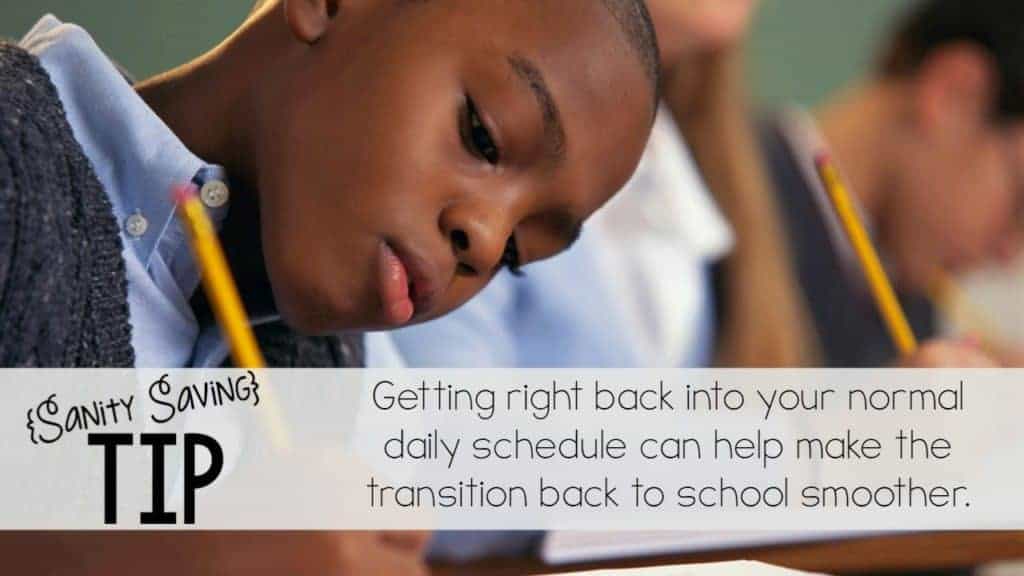
Even if you are modifying the actual level of the work or the activities to shift into the second half of the school year, it is important to plan for getting back into your normal routine. Since many students have spent two weeks without structure, the familiarity of the school routine can help them refocus on learning.
Introduce new routines the first week back.
That being said, this is the perfect opportunity to introduce a new routine if you had a part of your day that was less than stellar (either behavior or academics-wise) before the break. Framing it as a new year means you are ready to start (insert new activity or routine here).
For example, if you need to get some control over the beginning of your day, start a morning work routine using something like a math spiral or daily writing prompt.
If pack-up and dismissal are chaotic, perhaps it is time to start a new routine for packing up at the end of the day.
There is no better day to start something new in the routine than the first day back from break.
Plan fun, academic-focused activities to help ease into January
The second half of the year is always more high-stress than the first half, if possible. That means there is always pressure to enter new units right away when students return.
I’m a huge proponent of re-establishing routine, but I also find it important to find ways to engage students and build a little fun into our activities when we get back. I find this is especially helpful for re-engaging my struggling learners.
Think of it this way: They just spent two weeks doing whatever they wanted whenever they wanted. If you forget to have a little fun the week back, you will likely go home exhausted from trying to keep them on-task all day.
There are great ways to use this time to help you collect mid-year data and incorporate some activities that help you prep those January bulletin boards if your school requires monthly changes.
I, personally, like to take the first day back from Winter break to do some activities related to goal setting and connecting it to New Year’s resolutions. I also try to add a writing sample that first week to get an idea of where students are.
My favorite January back to school ideas for your lesson plans
As you begin to think about lessons for your first week back from winter break, it can be hard to think about what to do your first week. There is pressure to get started, but you also want to ease into things so students aren’t overwhelmed.
That’s why I like to focus on academics through two lenses: New Year’s and sharing about winter break. Here are some of my favorite ideas that fit my classroom well.
1. Winter Break Quick Write Bulletin Board Craft
Even if you allow your students time to discuss their winter break, you can use this as a quick write prompt to collect mid-year data. In fact, if I am being honest this is my favorite activity idea after winter break because it lets me knock out that bulletin board at the same time!
I like to use these as a January bulletin board, so I have my students use a snow globe template to write and illustrate.
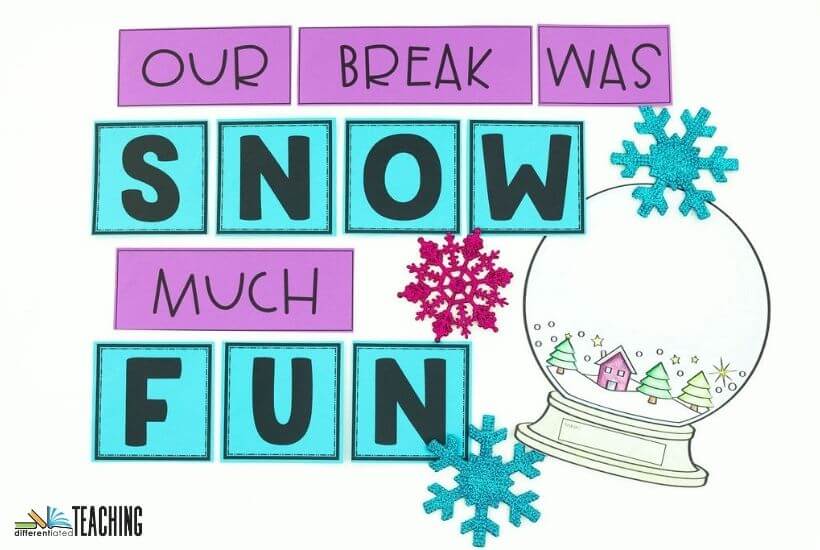
Typically, I count this as a mid-year formative assessment of where they are in writing when given nothing but a prompt. (I also have them write about their summer break and after spring break so I can track growth across the year.)
During the first week back from break, we work through the writing process including brainstorming, organizing and planning, drafting, and independently revising. Their final products look like this:
Of course, I don’t grade this, but I look for patterns across the class to help plan my revising and editing lessons for the year’s second half.
Specifically, I check for:
- Capital letters
- Punctuation
- Over-used words
- Introductions & Conclusions
This is a perfect writing sample for determining what they’ve internalized from the first half of the year. If you’d like to use this resource, you can grab it here: Winter Break Writing Craftivity
2. January Language Arts Lessons for the first week back
I like to spend the first week back from break reviewing the important skills and strategies I’ve taught in the first half of the year. I’ve found this helps re-engage my learners and gives them a head start on the new material I will cover.
Here are some of my favorites for these lessons.
3. Read Aloud Books for New Years
When we come back from break in early January, I like to start out with a few seasonal read- alouds. I typically try to connect these picture books to New Year’s since we work on writing resolutions.
Here are a few books I’ve used in the past during the first week back from break.
Shante Keys & the New Year’s Peas: This book is great for introducing students to different New Year’s traditions. The main character, Shante Keys, goes out to help her grandmother prepare all the most important foods for the New Year. However, when they discover they’re missing the black-eyed peas, Shante knows she’s got a problem to solve!
New Year’s Day: This is another great book about New Year traditions, but this one is nonfiction. The text discusses different customs and the history of New Year’s Day.
Squirrel’s New Year Resolution: This is a fun little story about Squirrel’s effort to learn more about what resolutions are and how she helps her friends create their goals for the new year. Her biggest challenge comes when it is time to create her own resolution. This one is great for setting the stage for making resolutions in your classroom.
4. New Year Literacy Centers/Stations and Activities
During our reading time, I like to still meet with small groups. This means I need activities for the rest of the group to complete. In some classrooms, these are stations or centers. Others do these activities during social studies or at other times during the day.
No matter how you incorporate these activities, it can be fun to review some grammar/language concepts and give students a chance to begin independently working with some passages as you move into the second half of the year.
Here are two activities I really enjoy using:
New Year Mystery Message Matching Game
This is an easy vocabulary activity that focuses on identifying antonyms. By finding the matches, students complete a mystery question that they get to answer.
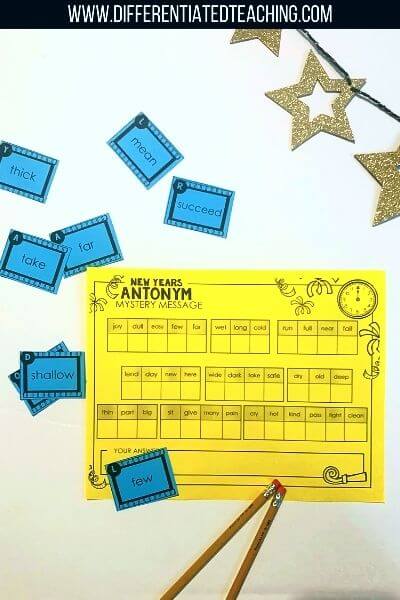
Grab this resource for $1: January Literacy Center – New Year Antonyms
Global New Year Traditions Passages & Mini-Books
This sentence scramble mini-book combines reading, writing, and social studies with some art.
The resource includes six short non-fiction passages. Each passage is 2-3 paragraphs and contains information about the traditions of different countries worldwide.
They also contain a scrambled sentence that is the passage’s main idea. Students cut the page in half and unscramble the sentence to glue it to the top half. They then illustrate the activity or tradition included in the sentence.
The end result is a book that students have created and illustrated. Honestly, the activity is relatively easy for kids to do independently, but it really helps them get back into the groove of independent work.
They learn some cool facts at the same time.
If you’re interested in trying this activity, you can grab it here for $1: New Year Traditions Cut & Paste Book
New Year Resolutions Writing Banner or Flipbook:
I also like to have students make resolutions in my classroom. Typically, I start with a short mini-lesson on resolutions and how to write them. This often includes reading the book Squirrel’s New Year’s Resolutions.
I also connect to SMART goals to help students understand what makes these actionable before we create this fun New Year banner or a New Year flipbook.
Both incorporate some writing and goal-setting to help get students on track. Plus, they make an awesome display in my classroom without taking a ton of work on my part.
Wishing you a great start to January!
Returning from break with purpose and planning is a great way to start the second half of the school year off right. With these January back to school activities and lesson plan ideas, you’ll be ready to rock the new year.


